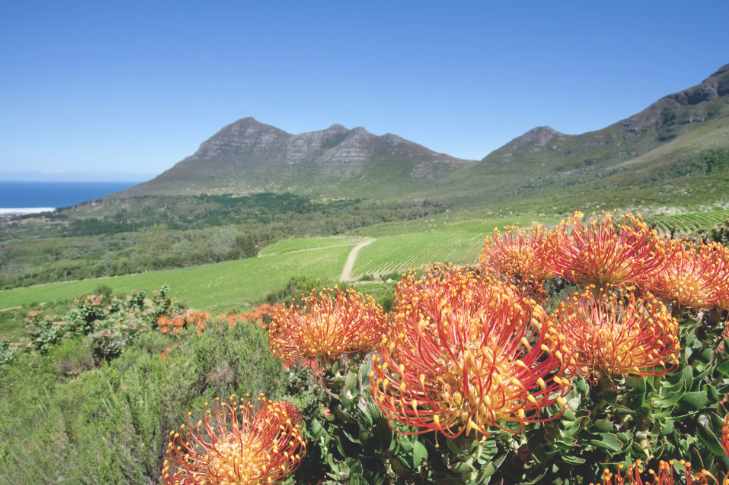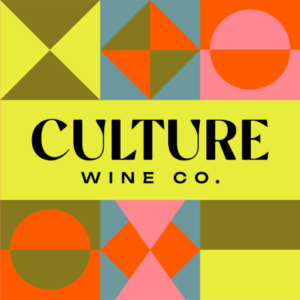
What are Fynbos and the Cape Floral Kingdom?
The Cape Floral Kingdom, also known as the Cape Floristic Region, is recognized as one of the world’s six floral kingdoms. It is the smallest, yet most diverse of all. The Cape Floral Kingdom is renowned for its rich and varied plant life, including a vast array of fynbos species, many of which are endemic and found nowhere else on Earth.
Fynbos (pronounced ‘fin-bowz’) are a unique and diverse vegetation type of the Western and Eastern Cape in South Africa. The Mediterranean-climate allows for a stunning array of shrubs, heathers, and flowering plants. While they are unique to South Africa, the most common comparison are Chaparral from California’s coastline. Fynbos provide a vital home for various animal species and serve as a crucial habitat for essential pollinators. The extraordinary biodiversity makes the Cape Floral Kingdom a globally significant hotspot for conservation and a UNESCO World Heritage site.
Three Most Famous Fynbos in South Africa:
Proteas:
Proteas are a remarkable group of flowering plants that are arguably the most famous of the fynbos. These iconic blooms come in a stunning array of colors, from vibrant pinks and purples to warm yellows and oranges. The King Protea, with its large and impressive flower heads, has become a symbol of South Africa. Proteas not only captivate with their beauty but also play a crucial role in supporting various pollinators and contributing to the overall biodiversity of the fynbos.
Erica:
Ericas, commonly known as heaths, are an enchanting group of plants that bring elegance to the fynbos ecosystem. These delicate flowering plants feature intricate flowers that come in a diverse range of colors, including soft whites, pinks, and purples. With their slender stems and elaborate clusters of blooms, Ericas create a graceful and charming presence. These exquisite plants not only contribute to the visual appeal of the region but also provide essential food sources for various insects and birds.
Renosterbos:
Renosterbos is a significant component of the fynbos vegetation and holds historical and ecological importance. The name “Renosterbos” or “Rhino Bush” is derived from its historical significance as a browse plant for rhinoceroses. This shrub, with its gray-green leaves and clusters of small yellow flowers, contributes to the unique character of the landscape. Renosterbos plays a crucial role in stabilizing soils and preventing erosion, making it an essential plant for the overall health of the ecosystem as well as vineyards. In fact, many eco-conscious Swartland producers are re-introducing this plant to their vineyards to achieve greater endemic biodiversity and help with erosion control. The bush also provides habitat and food for a variety of insects, birds, and small mammals. Despite its importance, Renosterbos faces threats such as habitat loss, making its conservation crucial for preserving the integrity and biodiversity of the fynbos.



